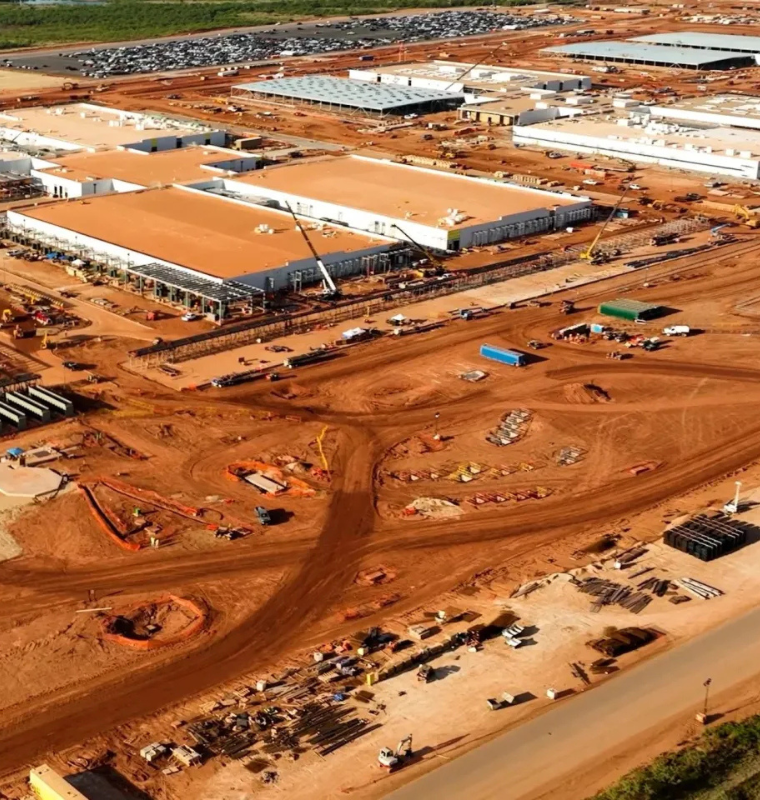Italy Emerges as a Magnet for the Ultra-Rich Despite Global Crackdowns
Italy Emerges as a Magnet for the Ultra-Rich Despite Global Crackdowns
By
Junia Wells
Last updated:
September 6, 2025
First Published:
September 6, 2025

Photo: The Economist
Italy’s Appeal to the Wealthy
Italy has long charmed celebrities and business magnates with its culture, landscapes, and lifestyle. Now, the country is experiencing a new wave of ultra-wealthy arrivals who are drawn not just by la dolce vita but also by favorable tax policies and a thriving luxury property market.
Unlike other nations clamping down on the super-rich, Italy has positioned itself as a haven through its flat-tax regime, introduced in 2017. High-net-worth individuals pay a fixed €200,000 ($233,000) annually on foreign income—recently doubled from €100,000 but still enticing for those earning far more. For many, the cost is negligible compared to the financial advantages.
The Surge in Millionaire Migration
Henley & Partners estimates that as many as 3,600 new high-net-worth individuals may relocate to Italy this year alone. Notable recent arrivals include Nassef Sawiris, Egypt’s richest man and co-owner of Aston Villa Football Club, and Richard Gnodde, vice-chair of Goldman Sachs.
Globally, millionaire migration has surged in the past decade, nearly tripling and hitting record highs in 2024. The trend is expected to continue through 2025 and 2026 as nations adopt contrasting strategies—some tightening tax regimes, others actively courting the wealthy.
Milan Leads the Boom
Milan has emerged as the epicenter of Italy’s wealth influx. Known traditionally for its fashion houses and industrial base, the city has reinvented itself as a hub for finance, creativity, and luxury living. Exclusive members’ clubs such as Casa Cipriani and The Wilde have opened to cater to the elite, reinforcing Milan’s status as a magnet for global wealth.
The impact on real estate has been striking. Since the flat-tax regime was introduced, property prices in Milan have climbed 49%, compared to just 10.9% in other major Italian cities, according to Tecnocasa. Lake Como, the Italian Riviera, and Tuscany have also seen surges in demand, with prices now at all-time highs. Analysts at Knight Frank expect Milan’s prime property market to grow another 3.5% in 2025.
Global Context and Competition
Italy’s approach contrasts sharply with other European nations. France is considering expanding its wealth tax, Switzerland is reviewing inheritance taxes, and the U.K. abolished its centuries-old non-dom regime earlier this year. These shifts, combined with the post-Brexit migration of financiers, have created opportunities for Italy to attract displaced capital and talent.
Stuart Wakeling of Henley & Partners noted that countries worldwide are actively strategizing to draw wealthy individuals, often seeking to replicate Italy’s model due to its relative simplicity and broad appeal.
Criticism and Inequality Concerns
Despite the influx of wealth, critics warn of deepening inequality. The flat-tax regime contributes little to Italy’s overall fiscal health, while property booms risk pricing out locals in major cities and iconic regions. Some economists caution that such policies could spark a global “race to the bottom” as countries compete for the world’s richest.
Nonetheless, supporters argue that the arrival of high-net-worth individuals boosts business activity and job creation. From hospitality to financial services, sectors across Milan and beyond are benefiting from the spending power of new residents.
A Balancing Act for Italy
Italy’s ability to continue attracting the wealthy while addressing concerns about inequality will determine the long-term sustainability of its strategy. For now, however, the country remains a rare exception in a world where most governments are tightening rules on the super-rich.
For the ultra-wealthy seeking sun, culture, and tax relief, Italy’s allure has never been stronger.
Popular articles
Subscribe to unlock premium content
Why Consumers Buy Limited-Edition Fashion and Beauty Products

How K-Beauty Changed the Global Skincare Industry and Consumer Expectations

How Streetwear Became a Billion-Dollar Industry From Niche to Mainstream

Why Consumers Buy Limited-Edition Fashion and Beauty Products

How K-Beauty Changed the Global Skincare Industry and Consumer Expectations

Why Consumers Buy Limited-Edition Fashion and Beauty Products









